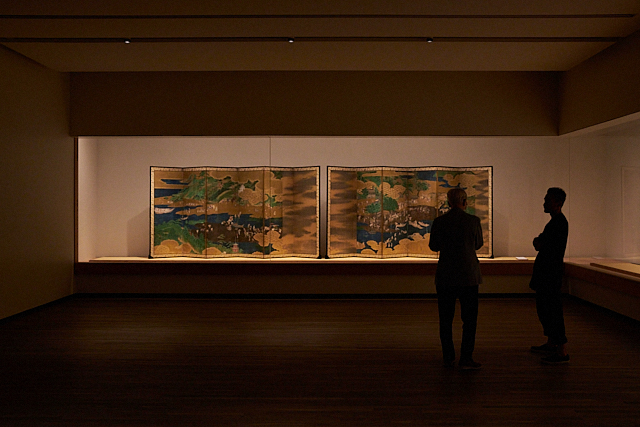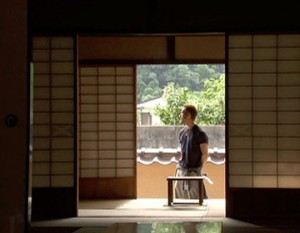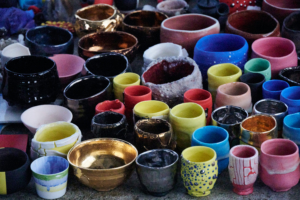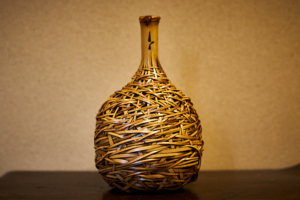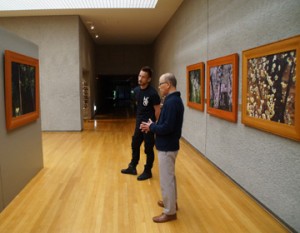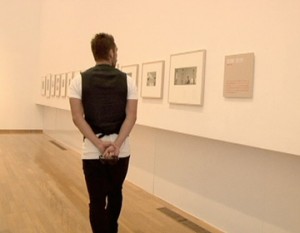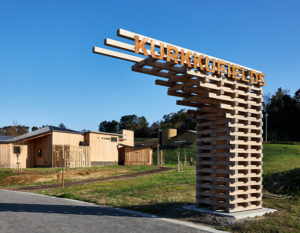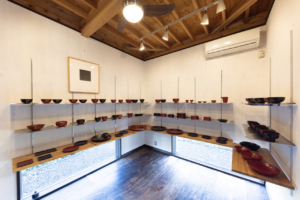A world-class art museum in Atami
The large 4-meter-high door that greets visitors at the main entrance is already a work of art. The work was done by Kazumi Murose, a lacquer artist well known to Nakada and a living national treasure in the makie lacquer technique. The work was created using the Negoro technique, in which red lacquer is applied on top of a black lacquer undercoat, and the unique colors and luster of the lacquer work can be seen on a giant scale, reminding us of the beauty and potential of this representative Japanese material.
The MOA Museum of Art, located on a hill in Atami City, is a popular spot for its panoramic view of the Pacific Ocean. The museum opened in 1982, following the wishes of Mokichi Okada, founder of the Hakone Art Museum and the man who laid the foundation for the MOA Art Museum, who wished to build another world-class art museum in Atami and introduce Japan’s outstanding traditional culture to people around the world. The museum was renovated in 2017 by the New Materials Research Institute, led by contemporary artist Hiroshi Sugimoto and architect Michiyuki Sakakida. Despite its name, Shinsozai Kenkyusho is an architectural firm that works on modern reinterpretations and revivals of materials and techniques used in ancient, medieval, and early modern times. The new MOA Museum of Art also uses traditional Japanese materials and techniques such as Yaku cedar, gyosha cedar, black plaster, and tatami mats.
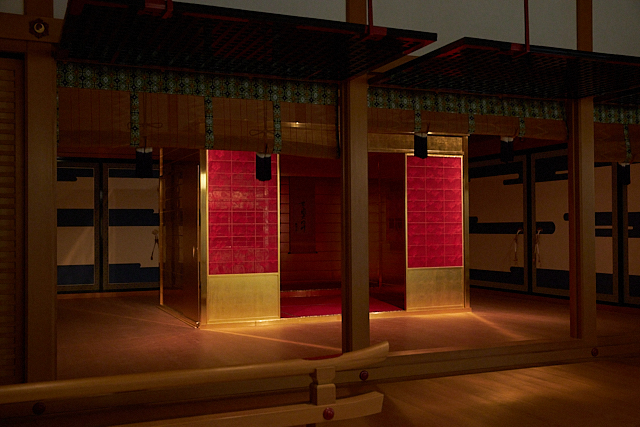
“The MOA Museum of Art” exhibition
Of course, the main attraction of the exhibition is the wealth of works on display. The collection of approximately 3,500 Japanese and Chinese works collected by Mokichi Okada ranges from national treasures such as Korin Ogata’s “Red and White Plum Blossoms,” “Hanbokjo” by Tegami, and Ninsei Nonomura’s “Tea Jar with Iroe and Fuji Flower Design,” to Buddhist statues, pottery, ancient documents, ancient Chinese and Korean ceramics, and paintings. The museum also houses many works designated as Important Cultural Properties and Important Art Objects for the purpose of protecting valuable Japanese cultural assets. The “Golden Tea Room” is based on the historical fact that Toyotomi Hideyoshi brought an assembled golden tea room to the Kyoto Imperial Palace to offer tea to Emperor Shojincho, and the restored house where Ogata Korin is said to have spent his last years and painted the “Red and White Plum Folding Screen.
The attention to detail in the display of the works is also excellent. The large exhibition space is divided by black plaster walls to prevent the works from being reflected in other exhibits, and the lighting is a little dimmer than in other museums, based on the concept of “viewing artworks in the light of the Muromachi period. The display cases are made of low-reflective, high-transparency glass, which prevents light and one’s own face from being reflected in the glass, giving the illusion that the works are right in front of you. It is said that many visitors often hit their heads against the glass as they become immersed in the work. Enjoying hot springs and gourmet food in Atami is fine, but it is also a good idea to sharpen your senses by experiencing the many works of art at the MOA Art Museum.
